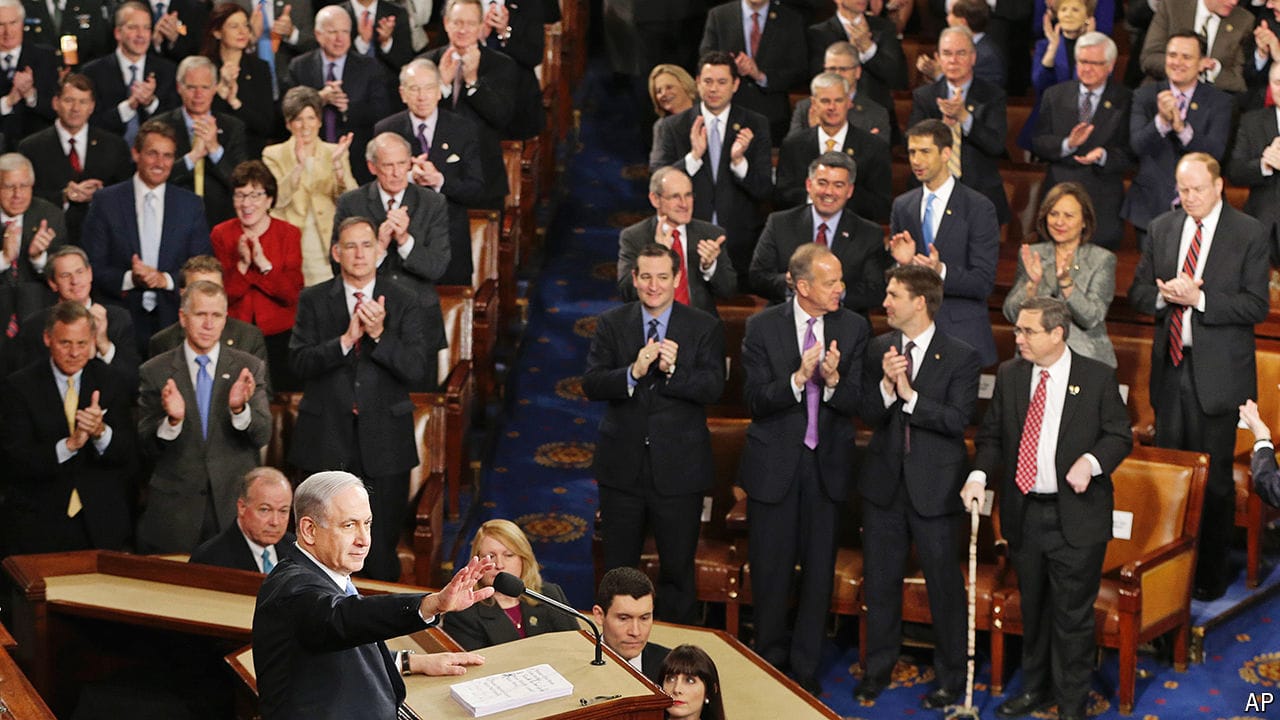America’s $61bn aid package buys Ukraine time
It must use it wisely

Since late February Russia’s army has been creeping across eastern Ukraine. First the town of Avdiivka fell—Russia’s biggest advance in almost a year. Next its soldiers occupied a series of villages farther west. Russia’s progress is a reflection of its overwhelming advantage in firepower: on some parts of the front line, for every shell the Ukrainians have shot at Russian lines, the Russians have rained down 17 in response. Ukrainian forces have been rationing ammunition, for fear of running out. That scarcity, in turn, was a reflection of America’s failure to approve any new military aid for Ukraine since last summer.
This week, however, after months of dithering, Congress approved $40bn of such assistance, a sum roughly equivalent to all America’s military aid to Ukraine since the war began. (There was also some humanitarian aid and help for Israel and Taiwan.) Joe Biden, America’s president, signed the bill into law on April 24th and ordered the immediate dispatch of the first $1bn of supplies, to arrive in days.
Explore more
This article appeared in the Briefing section of the print edition under the headline “Last-minute reprieve”
More from Briefing

A shift in the media business is changing what it is to be a sports fan
Team loyalty is being replaced by “fluid fandom”

Will Binyamin Netanyahu’s visit to America repair or weaken ties?
He may damage relations with Israel’s indispensable protector

Optimistic plans for post-war Gaza have little basis in reality
Aid, policing, reconstruction—everything is even harder than it sounds
Small investments in nutrition could make the world brainier
Many pregnant women and babies are malnourished—and not just in poor countries
Introducing “Boom!”
A six-part series about the generation that blew up American politics
One generation has dominated American politics for over 30 years
How have they become so entrenched?
